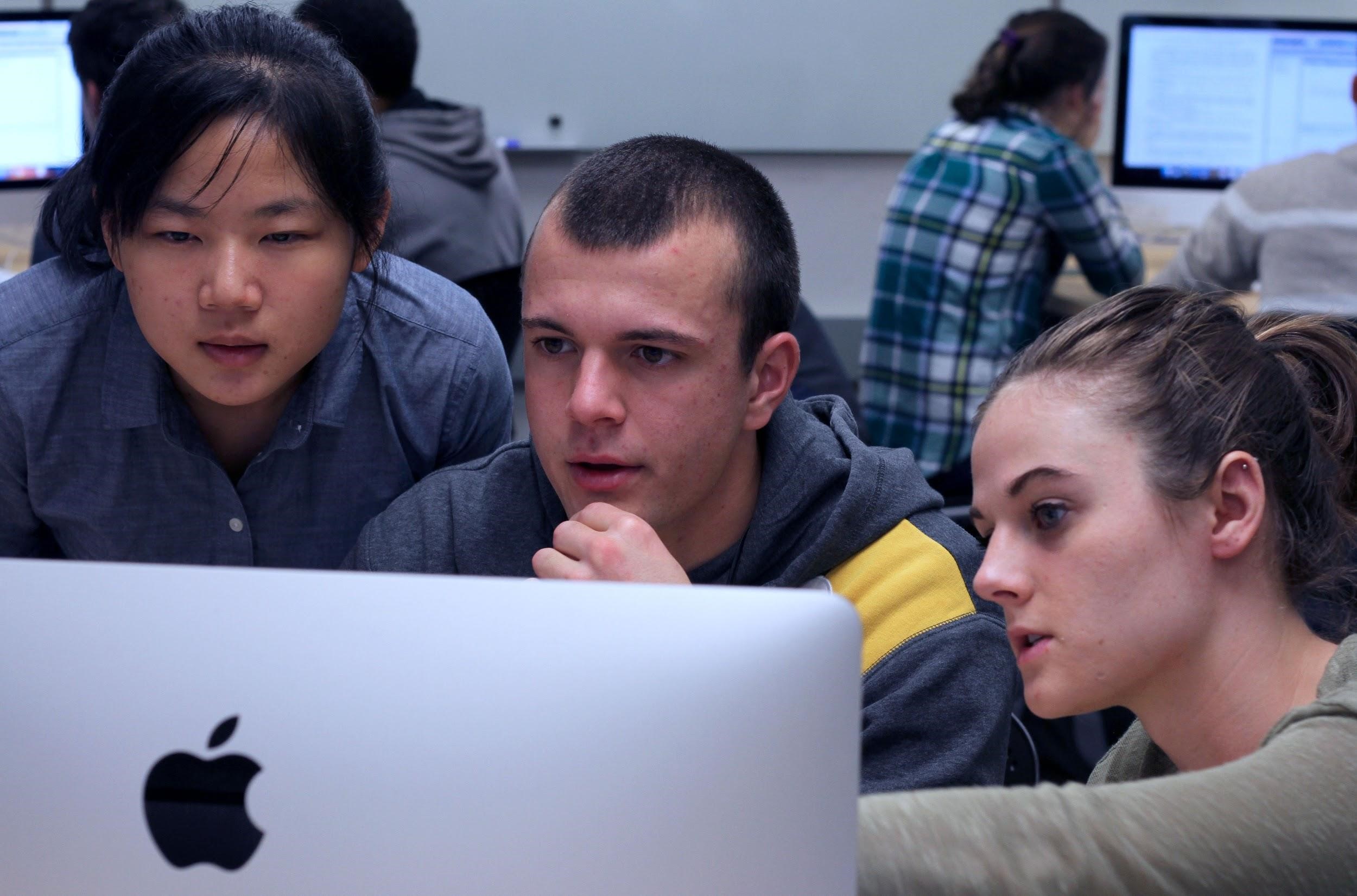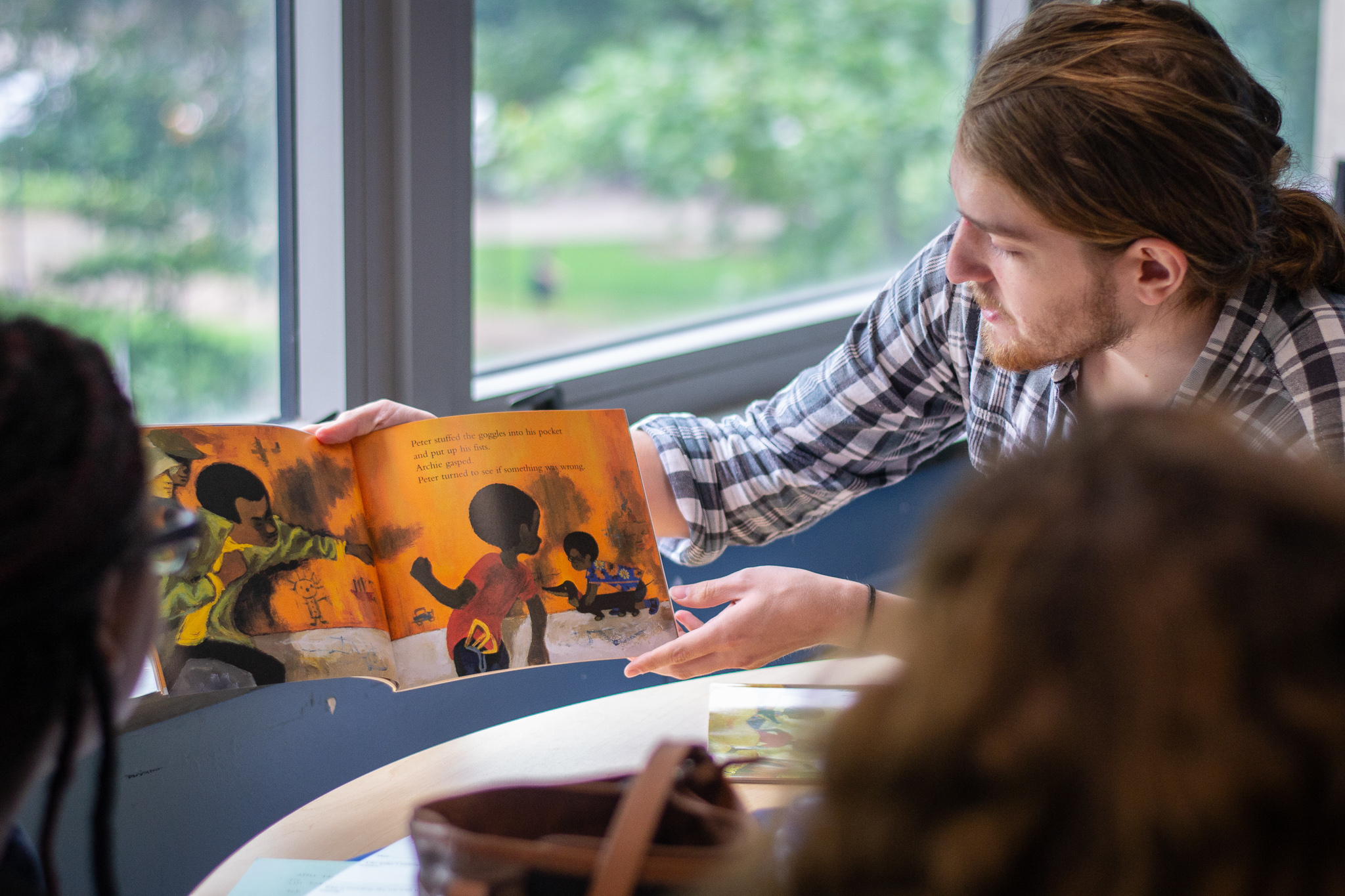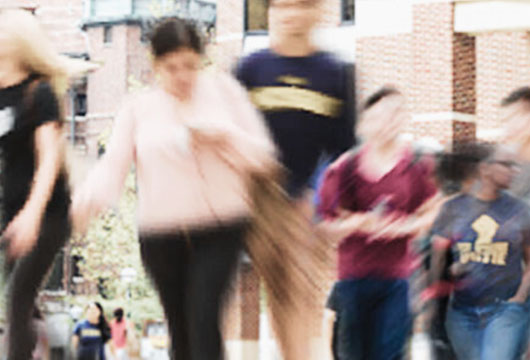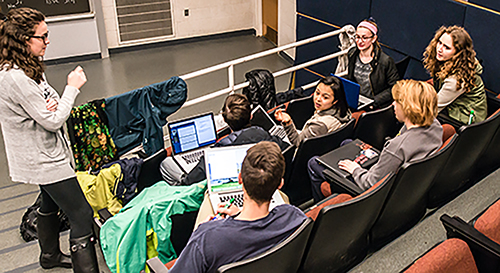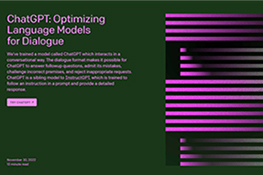| Teaching in Tumultuous Times Wed, 01/08/2020
Read more |
| Choosing Your Classroom Technology Policy Thu, 12/05/2019
Read more |
| Supporting First-Generation College Students in the Classroom Wed, 11/20/2019
As the institution expands its focus on FGCS on campus, what can you do as an instructor to better support FGCS in your classroom? Read more |
| Revisiting Active Learning: Bridging the Gap Between What Students Perceive They Learn vs. What They Actually Learned Wed, 11/06/2019
The authors looked at students’ outcomes and their perceptions of learning in a large-enrollment introductory physics course (Deslauriers et al, 2019). While this study was performed in a STEM classroom, the researchers highlight ways in which these principles might also be extended into non-STEM active learning classrooms. Students in the course were divided into two random groups: one which would experience “active instruction (following best practices in the discipline)” while the second group received “passive instruction (lectures by experienced and highly rated instructors).” These groups then switched the type of learning they did in a subsequent unit, to allow for comparison. Students participating in the active learning sections earned higher grades, suggesting they learned more. But in self-reported surveys, those students perceived that they had learned less compared to the lecture-based sections. Read more |
| Creating useful student evaluation questions Fri, 10/11/2019
In this blog post, we review the questions that are used University-wide on end-of-semester evaluations, and we provide guidance on how to make the most of the instructor-created questions. These question-writing principles can also be used to create questions for feedback that you collect at other times of the semester. The current student evaluation of teaching has 10 required items (rated on a scale of “Strongly Agree” to “Strongly Disagree” for all but one, as noted below). Two of these will no longer be included as standard questions after 2020. These questions are: Read more |
| Gender Inclusive Practices for Your Teaching Tue, 09/24/2019
Instructors in any discipline can promote gender inclusivity in their courses by trying out some or all of the strategies below. This list is not exhaustive and represents just some of the many intentional practices you might incorporate into your curriculum, policies, classroom facilitation, and interactions with students. Read more |
| Getting Your Courses Ready for Fall Thu, 08/15/2019
Read more |
| CRLT Grants Can Support Your Innovative Teaching Ideas Mon, 08/05/2019 CRLT stewards grant competitions with the goal of enhancing teaching and learning at the University of Michigan. Some grants can be used to test a classroom idea, and others are intended to empower much greater change in curricula, teaching techniques, or inclusion of University values and priorities. If you are an instructor at the Ann Arbor campus, one or more of these might be particularly useful to you.
The Instructional Development Fund (IDF) is a rolling fund that grants amounts of up to $500 for a classroom activity or innovation. It is a rolling grant fund; proposals are accepted at any time until the funds for the year are exhausted. An IDF may be used to pay for supplies and equipment, programming or research assistance, fees and expenses for student field trips, honoraria for classroom guest speakers, fees and expenses for conferences directly related to teaching, or summer projects aimed at developing or enhancing courses. You may have another great idea; it is always worth asking if your idea is eligible. The proposals are brief: only one page plus a budget. Typically, decisions can happen within two weeks for these grants. Read more |
| CRLT Services in Spring/Summer Wed, 06/05/2019
Is CRLT still available to support U-M instructors during the summer? Indeed, we are! If you're teaching a course in one of these terms, you can request a Midterm Student Feedback session led by one of our consultants. CRLT staff are also available to discuss the student ratings from past courses or to consult on course design and planning as you look ahead to the fall. We're happy to hear from you at any time of year. For our full range of consultation services, see this page.
Read more |
| Connecting Classrooms with Communities: Guidance for U-M Instructors Tue, 04/30/2019 How and why might you work with community partners to enhance student learning in your courses and build valuable connections beyond the university -- whatever your discipline? In this guest post, our partners from the Ginsberg Center offer key insights for planning courses that build productive, equitable relationships with community partners, including guidance for engaging during COVID-19.
Community-engaged learning, also referred to as service-learning or community-based learning, has been recognized as a high impact educational practice that promotes deeper understanding of course concepts while advancing connections between the university and communities (Kuh, 2008). Community partners bring valuable knowledge and expertise to contribute to students’ learning, and partnering with the university, through community-engaged courses, research and student organizations, can expand community partners’ capacities to address their priorities. Community-engaged learning, also referred to as community-based learning or service-learning, has been recognized as a high impact educational practice that promotes deeper understanding of course concepts while advancing connections between the university and communities. Community partners bring valuable knowledge and expertise to contribute to students’ learning, and those students in turn--and the broader partnership with the university--can expand community partners’ capacity to address their priorities. Read more |


 We wish we did not have
We wish we did not have  As U-M instructors prepare their syllabi for the upcoming term, one of the most common questions we hear is “What should I include in my technology policy?” As many
As U-M instructors prepare their syllabi for the upcoming term, one of the most common questions we hear is “What should I include in my technology policy?” As many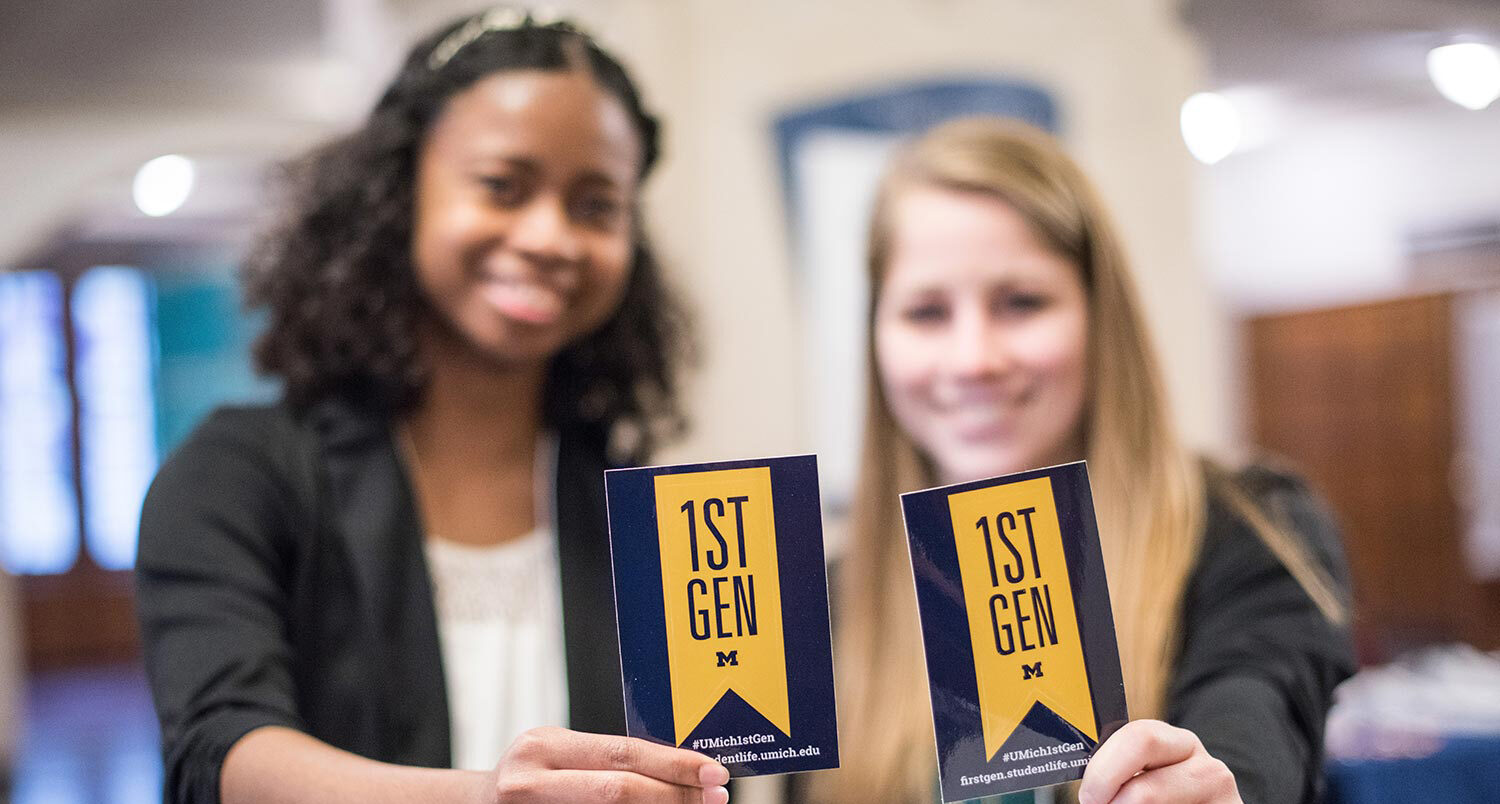 In 2019, 15.3% of all incoming domestic undergraduate U-M students were first-generation college students (FGCS), or students who are the first generation in their family to attend college, up from 8.7% in 2015 (
In 2019, 15.3% of all incoming domestic undergraduate U-M students were first-generation college students (FGCS), or students who are the first generation in their family to attend college, up from 8.7% in 2015 (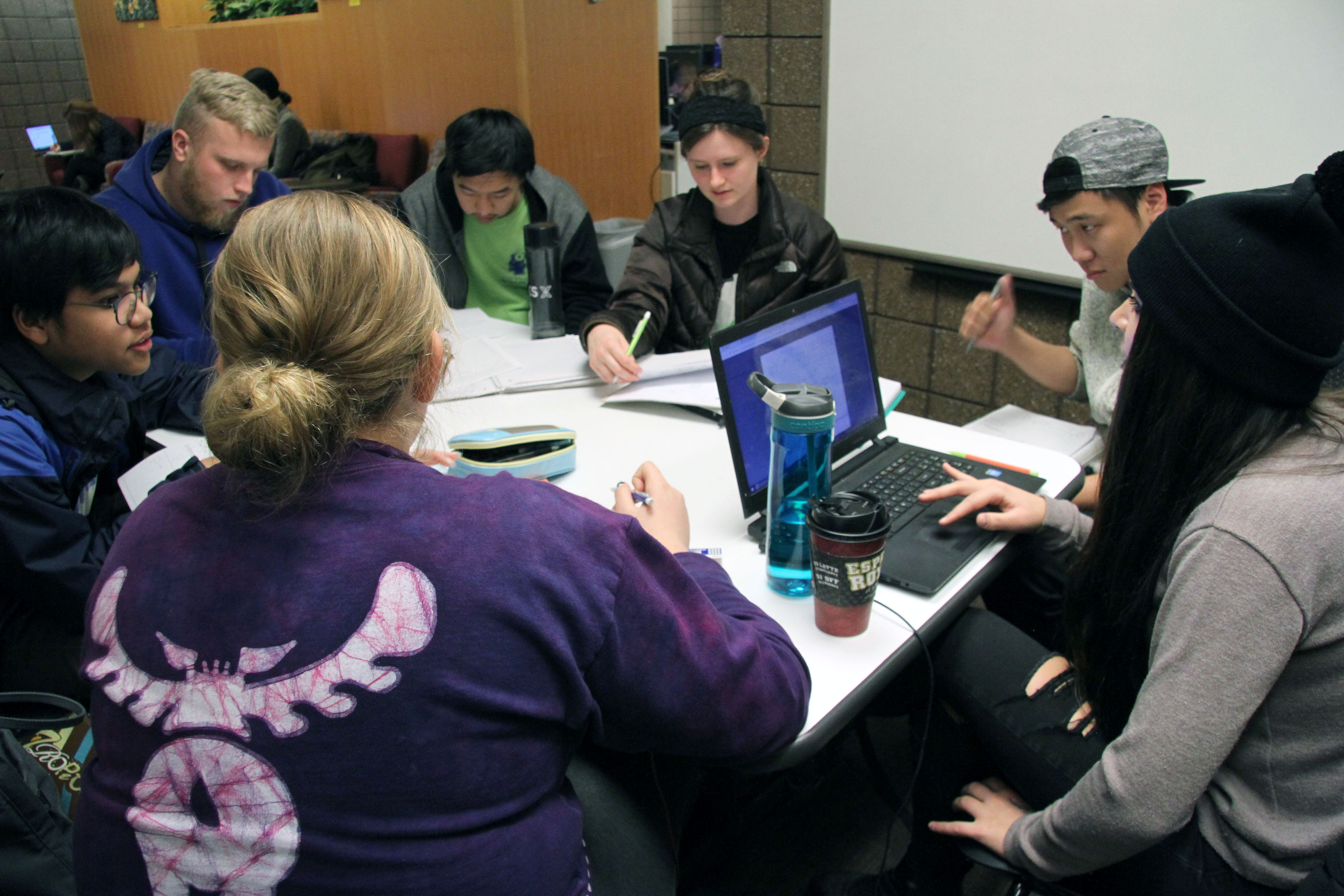 With the construction of dedicated
With the construction of dedicated 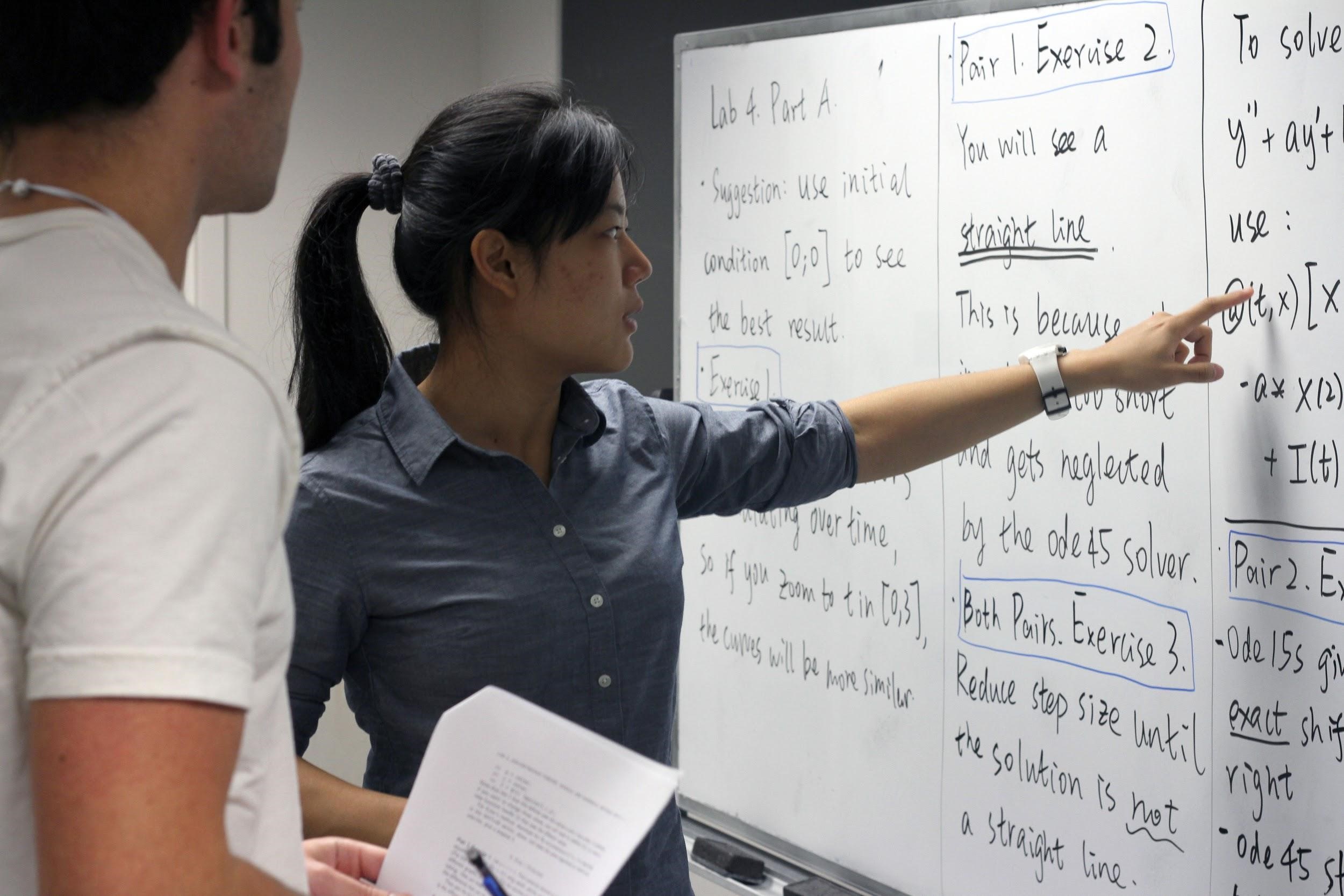 As we approach the middle of the term, instructors are already asked to think about the student evaluations of teaching that happen at the end of the term. In late October, U-M instructors will be invited to preview evaluation questions and create a few of their own questions if they wish. What principles or goals might guide you in that process?
As we approach the middle of the term, instructors are already asked to think about the student evaluations of teaching that happen at the end of the term. In late October, U-M instructors will be invited to preview evaluation questions and create a few of their own questions if they wish. What principles or goals might guide you in that process? University of Michigan students identify across a full spectrum of gender identities and gender expressions. As instructors, how can we cultivate gender-inclusive teaching and learning environments -- that is, environments that invite the full participation of students of all genders and respond to the harmful impact of gender stereotyping and
University of Michigan students identify across a full spectrum of gender identities and gender expressions. As instructors, how can we cultivate gender-inclusive teaching and learning environments -- that is, environments that invite the full participation of students of all genders and respond to the harmful impact of gender stereotyping and 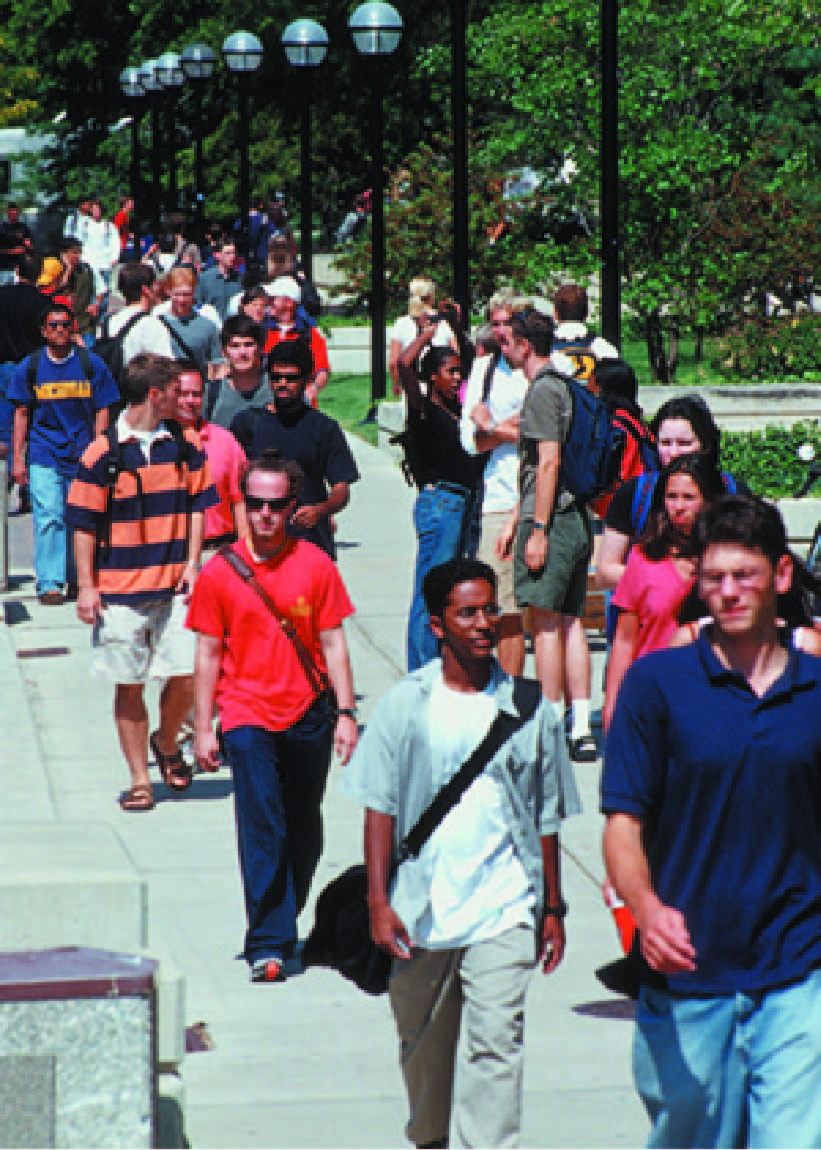 Whether you're starting a course from scratch or revamping something you've taught many times before, careful planning is key to successful teaching. CRLT offers many resources to support U-M instructors in their course planning as the beginning of the semester draws near.
Whether you're starting a course from scratch or revamping something you've taught many times before, careful planning is key to successful teaching. CRLT offers many resources to support U-M instructors in their course planning as the beginning of the semester draws near.